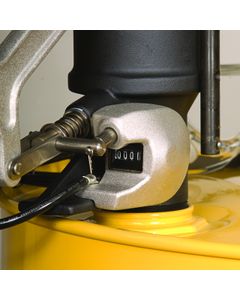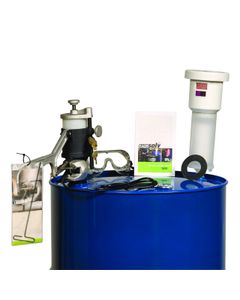Categories
Aerosol Recycling Systems
A wide variety of major industries utilize aerosol and spray paint cans, spanning industrial manufacturing, municipalities, and vocational education, among others. What happens to an aerosol can after it has reached its useful life? Proper disposal guidelines dictate that pressurized aerosol cans are typically sealed in a drum to be processed as hazardous waste at a landfill or facility. The cans are considered to be hazardous because they contain a liquid hazardous waste or are still pressurized, which may cause them to potentially explode at the landfills. Companies that do not dispose of aerosol cans properly risk paying hefty fines.
Read more

Aerosolv® Dual-Compliant System 2821 Justrite
Designed to comply with California’s vapour emission regulation SB1158, ETV certified
Available in 1 versions
Out of stock

Aerosolv® Super System 2823 Justrite spill containment
ETV certified system safely recycles spent aerosol cans, reduces disposal costs, and minimizes waste
Available in 1 versions
Out of stock
FAQ about Aerosol Recycling Systems
How long does my coalescing/carbon filter last?
The carbon filters supplied by Justrite come sealed in a plastic bag and shipped in a cardboard box which eliminates any adsorption into the activated carbon and in the case of the colormetric filters, UV exposure. Unless the packaging is damaged, there is no reasonable limit to the filter’s shelf life.
There are too many variables to predict the life of a charcoal filter in use. The colormetric indicator will turn dark indicating the charcoal is saturated and should be replaced.






